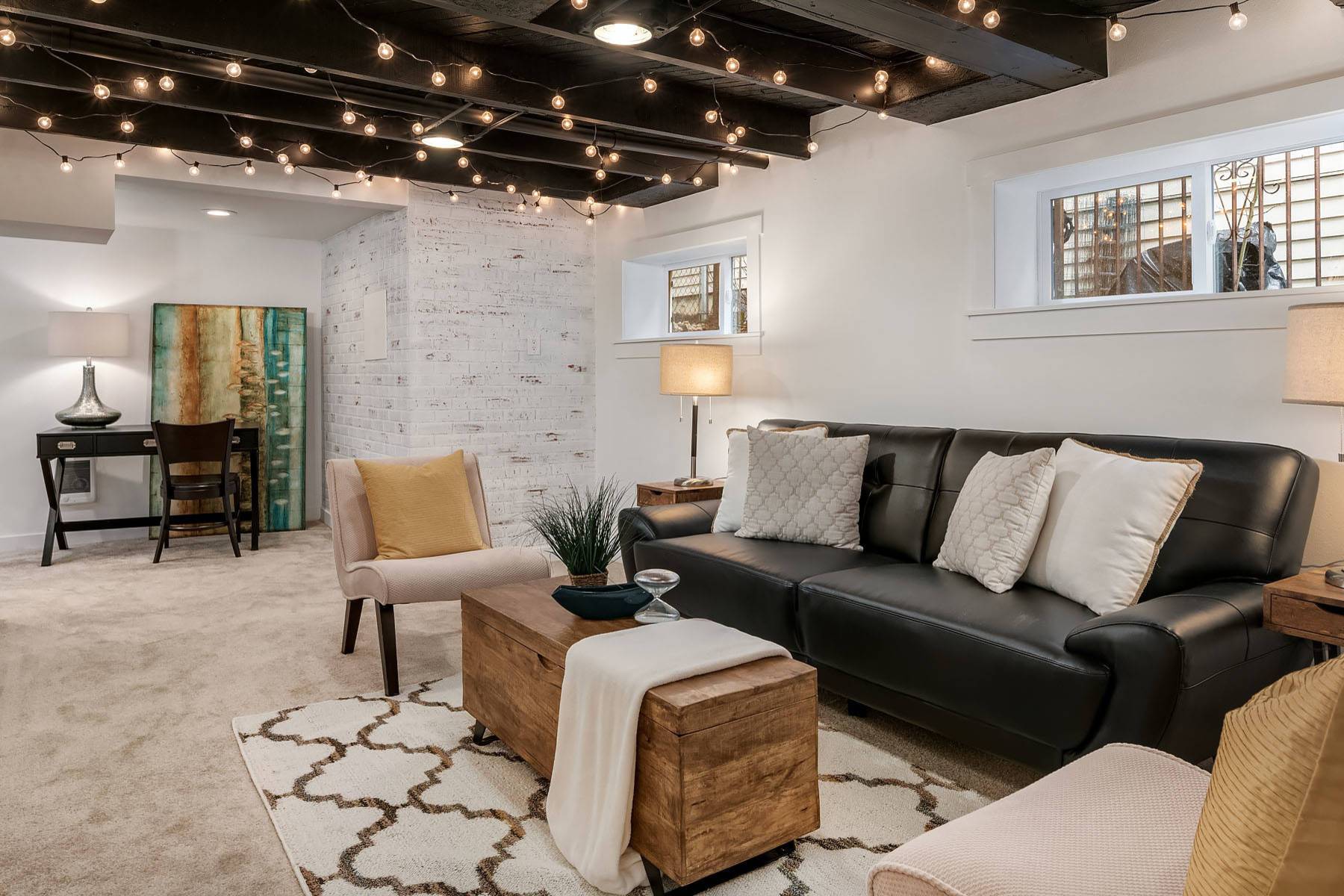

Articles
How To Decorate A Basement Apartment
Modified: May 6, 2024
Discover expert articles on how to decorate a basement apartment, with tips and ideas to transform your space into a stylish and functional living area. Enhance your basement apartment with our helpful guides and inspiration.
(Many of the links in this article redirect to a specific reviewed product. Your purchase of these products through affiliate links helps to generate commission for Storables.com, at no extra cost. Learn more)
Introduction
Welcome to the world of basement apartments! Whether you’re a homeowner looking to convert your underutilized basement space into a rental unit or a renter seeking a cozy and affordable place to call home, decorating a basement apartment requires some strategic planning and design choices. With the right approach, you can transform your basement into a stylish and comfortable living space that doesn’t feel like a dark and dreary basement.
Basements are notorious for their low ceilings, limited natural light, and potential moisture issues. However, with some creativity and smart design decisions, you can overcome these challenges and create a functional and inviting environment. In this article, we will guide you through the process of decorating a basement apartment, step by step.
From assessing the space to selecting the right furniture, colors, and lighting solutions, we will cover everything you need to know to turn your basement into a livable and attractive space. Whether you’re working with a small studio layout or a multi-room setup, these tips and strategies will help you make the most out of your basement apartment.
So, grab your notepad and let’s get started on this exciting journey to transform your basement into a stylish and comfortable living space that reflects your personal taste and meets your needs.
Key Takeaways:
- Transforming a basement apartment into a stylish and functional living space involves assessing the unique challenges, maximizing natural light, choosing the right colors, and incorporating personalized touches to create a welcoming environment that reflects your personality and meets your needs.
- By carefully considering each step, from creating a functional layout to enhancing ceilings and walls, you can effectively address the limitations of a basement apartment and infuse it with life, freshness, and personal style to create a comfortable and inviting oasis.
Read more: What Is A Basement Apartment
Step 1: Assessing the Space
Before diving into the decorating process, it’s essential to assess the space of your basement apartment. Take some time to carefully consider the layout, dimensions, and any existing architectural features that may impact your design choices.
Start by measuring the dimensions of the room or rooms in your basement. This will help you understand the limitations and possibilities when it comes to furniture placement and layout. Keep in mind any obstacles, such as support columns or utility access points, that may affect how you configure the space.
Next, take note of the natural light sources in your basement. Look for windows, if you’re lucky enough to have them, and determine their size and positioning. Consider whether there are any obstructions outside the windows, such as landscaping or neighboring buildings, that may block natural light.
Additionally, assess the basement’s ventilation and moisture control. Basements tend to be more prone to humidity and dampness, so it’s important to ensure proper ventilation to prevent mold and mildew. Check for any signs of existing moisture issues, such as water stains or musty odors, and address them before proceeding with the decorating process.
If your basement has a low ceiling height, consider how it may impact the overall feel of the space. While you may not be able to change the height, there are design strategies to make the ceilings appear higher, such as using vertical stripes or painting them a lighter color than the walls.
Finally, think about the intended use of each area in your basement apartment. Will it be a studio setup or will you have separate rooms for living, sleeping, and dining? Understanding how you want to utilize the space will help determine the furniture, layout, and storage solutions you need.
By thoroughly assessing the space, you’ll have a better understanding of its unique characteristics and be able to make informed decisions when it comes to decorating your basement apartment. So take your time, gather all the necessary information, and let’s move on to the next step of creating a functional layout.
Step 2: Creating a Functional Layout
Now that you have assessed the space of your basement apartment, it’s time to create a functional layout that maximizes the available square footage and suits your lifestyle needs. By carefully planning the arrangement of furniture and defining distinct areas, you can make the most out of your basement space.
Start by determining the primary functions of each area in your basement apartment. Will there be a living area, a dining space, a bedroom, a home office, or a combination of these? Consider your lifestyle and the activities you intend to do in each area.
When planning the layout, keep in mind the flow and circulation within the space. Ensure that there is enough room to move around comfortably and that furniture placement doesn’t obstruct pathways or natural light sources. If necessary, consider dividing the space using furniture or room dividers to create separate zones.
One challenge you may encounter in a basement apartment is the lack of windows or limited natural light. To address this, place furniture and functional areas closer to windows whenever possible to maximize natural light exposure. Additionally, strategically place mirrors on walls to reflect light and create an illusion of more space.
If your basement has a low ceiling height, it’s important to take this into account when planning the layout. Avoid bulky furniture or tall fixtures that may make the space feel cramped. Instead, opt for low-profile furniture and keep the center of the room clear to create an open and airy atmosphere.
Consider multi-functional furniture pieces that can serve multiple purposes to maximize the functionality of your basement apartment. For example, a sofa bed can serve as seating during the day and a comfortable sleeping space at night. A storage ottoman can provide additional seating and hidden storage for blankets or other items.
Lastly, be mindful of electrical outlets and their placement when arranging furniture. Ensure that there are enough outlets to accommodate your needs and position furniture accordingly. If necessary, consult with an electrician to install additional outlets in strategic locations to improve convenience.
By creating a functional layout, you’ll optimize the use of your basement apartment and make it easy to navigate and enjoy. The next step is to address the challenge of limited natural light and find ways to maximize brightness in the space. Continue reading to discover how to tackle this hurdle in Step 3.
Step 3: Maximizing Natural Light
One of the common challenges of decorating a basement apartment is the limited natural light. However, by employing smart design strategies, you can maximize the brightness and create a more welcoming and open atmosphere in your space.
Start by ensuring that windows are kept clean and free of any obstructions. Remove heavy curtains or replace them with sheer or light-colored window treatments that allow natural light to filter in. If privacy is a concern, consider installing blinds or frosted window films that still permit light while maintaining privacy.
Strategic placement of mirrors can also help amplify the natural light in your basement apartment. Position mirrors opposite windows to bounce light around the room, making it appear brighter and more spacious. Choose large, framed mirrors or create a gallery wall of smaller mirrors to add visual interest and reflect light from various angles.
In addition to mirrors, consider using light-colored paint on the walls and ceilings. Light hues, such as whites, creams, and pastels, reflect more light and create an illusion of a brighter space. Avoid dark or deep colors that can make the basement feel closed in and dim.
If your basement apartment lacks windows or has limited natural light, consider artificial lighting options that mimic daylight. Choose light fixtures with a color temperature of 5000K to 6500K, known as “daylight” or “cool white” bulbs. These bulbs emit a bright, white light that closely resembles natural daylight.
Strategically place a combination of overhead, task, and ambient lighting throughout the space to ensure even illumination. Use floor or table lamps to brighten dark corners and create cozy reading areas. Install dimmer switches to adjust the intensity of light based on different needs and moods.
Incorporate light-colored furniture and reflective surfaces to enhance the overall brightness of the space. Opt for furnishings with lighter upholstery or slipcovers, as they will reflect more light and make the room feel airier. Choose glossy or mirrored surfaces for coffee tables and side tables to further reflect light and create a sense of depth.
Lastly, decluttering your basement apartment will also contribute to a brighter atmosphere. Remove any unnecessary items, furniture, or decor that may obstruct light and create visual clutter. Keep the space tidy and organized, allowing light to flow freely and make the room feel more open.
With these strategies, you can maximize the natural light in your basement apartment and create an inviting and well-lit space. Next, let’s dive into the world of colors and explore how the right color scheme can transform your basement into a vibrant haven. Read on for Step 4: Choosing the Right Colors.
Step 4: Choosing the Right Colors
Choosing the right colors for your basement apartment can make a significant difference in the overall ambiance and mood of the space. With the right color scheme, you can create a visually appealing and cohesive look that suits your personal style and enhances the atmosphere.
When it comes to selecting colors for a basement apartment, it’s generally a good idea to opt for lighter and brighter shades. Light colors help reflect natural and artificial light, making the space appear larger and more cheerful. They also create a sense of openness and airiness, counteracting the potential dark and confined feeling often associated with basements.
Start by choosing a neutral color as the base for your walls. Shades of white, beige, or light gray are versatile options that can provide a clean and fresh backdrop. These neutral tones allow you to introduce pops of color through furniture, accessories, and artwork without overwhelming the space.
However, if you prefer to add more depth and character to your basement apartment, you can consider using a mid-tone or slightly darker color for an accent wall. This can create a focal point and add visual interest to the space. Just ensure that the accent color complements the overall color scheme and doesn’t make the room feel too enclosed.
In addition to the walls, choose lighter colors for your furniture, curtains, and other larger elements in the room. Light-colored upholstery and fabrics will reflect light and contribute to the overall brightness of the space. You can always add pops of color through throw pillows, rugs, and artwork to inject personality and create a vibrant atmosphere.
When it comes to flooring, consider light-colored options as well. Light-colored carpets, tiles, or laminate flooring can brighten the space and create a seamless and cohesive look. Avoid dark flooring as it can absorb light and make the basement feel even darker.
While lighter colors are generally recommended, don’t be afraid to experiment with splashes of bold colors as well. Incorporate vibrant hues through accessories such as cushions, artwork, and decorative items. These accents can add personality and inject energy into the space, breaking up the neutrality of the lighter colors.
Remember to consider the overall style and theme you want to achieve in your basement apartment. Different color palettes evoke different moods and aesthetics. For example, a coastal-inspired theme can be achieved through a combination of blues, whites, and sandy hues, while a modern and minimalist look can be achieved with a monochromatic color palette.
Ultimately, the key is to strike a balance between light and bright tones to create a warm and inviting space. Experiment, play with different hues, and trust your instincts. The right color choices will transform your basement apartment and make it a place you’ll love coming home to each day.
After selecting the appropriate color scheme, it’s time to move on to Step 5: Selecting Furniture and Décor. This step will help you bring your vision to life and create a cohesive and stylish living space. Let’s dive in!
Read more: How To Turn A Basement Into An Apartment
Step 5: Selecting Furniture and Décor
Now that you have determined the color scheme for your basement apartment, it’s time to select the right furniture and décor pieces that will complement your chosen aesthetic and optimize the functionality of the space.
Start by considering the scale and proportions of the furniture in relation to the size of your basement apartment. Opt for smaller to medium-sized furniture pieces that won’t overpower the space. Avoid bulky and oversized furniture as they can make the room feel cramped and cluttered.
When it comes to seating, choose pieces that are comfortable yet sleek, as they will help create an inviting atmosphere without taking up too much visual space. Consider modular or sectional sofas that can be easily arranged to fit the layout of your basement apartment, and choose lighter-colored upholstery to maintain the sense of brightness.
Multi-functional furniture is a great choice for a basement apartment, as it helps maximize the functionality of the space. Look for storage ottomans, coffee tables with built-in shelves or drawers, and sofa beds that can double as guest sleeping areas. These pieces will provide additional storage and flexibility without sacrificing style.
When selecting décor items, aim for a balance between functionality and aesthetics. Choose pieces that serve a purpose while enhancing the overall look of the space. Incorporate decorative accents such as throw pillows, rugs, and curtains that add pops of color and pattern to liven up the room.
Consider incorporating mirrors into your décor as they not only reflect light but also create an illusion of more space. Choose mirrors in interesting shapes or with decorative frames to add a touch of style and personality to the walls. Similarly, artwork and wall decor can enhance the overall ambience and make a statement in your basement apartment.
Lighting is crucial in creating the right atmosphere and highlighting the design elements in your basement apartment. Choose light fixtures that align with the overall style of the space. Opt for pendant lights or chandeliers to add a touch of elegance or go for sleek and modern track lighting or recessed lights for a contemporary feel. Table and floor lamps can be used to provide additional task lighting and create cozy corners.
As you select furniture and décor, be mindful of creating a cohesive and harmonious look. Stick to your chosen color palette and consider the overall style and theme you want to achieve. Mix and match textures and materials to add interest and depth to the space.
Remember, it’s important to strike a balance between style and functionality. Your basement apartment should reflect your personal taste while providing a comfortable and practical living environment. So take your time, explore different options, and have fun curating a space that feels like home.
With the right furniture and décor pieces, your basement apartment will be transformed into a stylish and inviting haven. Next, let’s move on to Step 6: Organizing Storage Solutions, where we’ll tackle the challenge of maximizing storage in a basement setting.
When decorating a basement apartment, consider using light, neutral colors to make the space feel brighter and more open. Additionally, strategically placed mirrors can help reflect light and create the illusion of more space.
Step 6: Organizing Storage Solutions
In a basement apartment, where space may be limited, effective storage solutions are essential to keep your living area organized and clutter-free. By strategically organizing your belongings and utilizing smart storage options, you can make the most of your basement apartment and create a functional and tidy environment.
Start by assessing your storage needs and identifying the items that require storage. Whether it’s clothing, books, electronics, or seasonal decorations, categorize your belongings to determine the types of storage solutions you will require.
Utilize the vertical space in your basement apartment by incorporating floor-to-ceiling storage units. This can be in the form of shelving, bookcases, or wall-mounted storage systems. These units not only provide ample space to store items, but they also contribute to the overall aesthetics of the room.
Invest in multi-functional furniture that offers hidden storage compartments. Look for bed frames with built-in drawers, coffee tables with storage space, or ottomans with lift-up lids. These pieces allow you to store items while maintaining a clutter-free and organized living area.
Maximize the use of under-bed storage by opting for bed frames with built-in drawers or using under-bed storage containers. This often overlooked space can be used to store items like extra linens, off-season clothing, or bulky sports equipment.
Consider utilizing wall space effectively by using hooks, racks, or pegboards. These can be used to hang coats, hats, bags, or even kitchen utensils. Hang shelves or floating cabinets to provide additional storage space for small items or decorative accents.
Don’t forget to make use of the space behind doors. Install over-the-door hooks or racks to hang towels, robes, or other frequently used items. You can also attach small shelves or organizers to the inside of cabinet doors to store items like spices, cleaning supplies, or toiletries.
Take advantage of storage bins and baskets to keep smaller items organized. Label them for easy identification and stack them neatly on shelves or in closets. This will not only keep your belongings tidy but also make it easier to find what you need when you need it.
Consider utilizing hidden storage solutions, such as hollow ottomans, benches with lift-up seats, or furniture with built-in storage compartments. These discreet storage options blend seamlessly with your décor while providing additional space to keep your belongings out of sight.
Regularly declutter and reassess your storage solutions to ensure they remain functional and efficient. Remove items that are no longer needed or in use to free up space and maintain an organized living area.
By implementing these storage solutions, you’ll be able to effectively manage your belongings and create a clean and organized basement apartment. With storage taken care of, it’s time to move on to Step 7: Enhancing the Ceilings and Walls, where we’ll explore ways to make these elements stand out and add character to your space.
Step 7: Enhancing the Ceilings and Walls
When decorating a basement apartment, it’s important to pay attention to the ceilings and walls to create a visually appealing and cohesive space. By enhancing these elements, you can add character and dimension to your basement and transform it into a stylish and inviting living area.
Start by assessing the condition of your ceilings and walls. Repair any cracks, water damage, or imperfections before proceeding with any enhancements. This will ensure a clean canvas for your design ideas.
If your basement has low ceilings, there are design strategies to create the illusion of increased height. Paint the ceilings a lighter color than the walls to create a sense of airiness and make the space feel more open. Avoid dark colors or heavy textures on the ceilings, as they can make the room feel small and claustrophobic.
Consider adding architectural elements such as crown molding or ceiling medallions to draw the eye upward and create visual interest. These details can elevate the overall look of your basement apartment and give it a more refined and polished appearance.
If you have exposed beams or ductwork, embrace them as unique design features. Paint them in a contrasting color to the ceiling or walls to make them stand out and add an industrial or rustic touch to the space. Alternatively, you can wrap them with fabric, drapery, or even faux vines to soften their appearance.
When it comes to the walls, choose paint colors or wallpaper patterns that align with your overall design concept. Lighter shades will help brighten the space and make it feel larger, while darker shades can add drama and coziness to specific areas.
If you want to add texture or visual interest to your walls, consider using techniques like stenciling, wallpaper, or textured paint. These options can create depth and personality, making your basement apartment feel more like a customized and unique living space.
Hang artwork or photographs on your walls to add a personal touch and inject color and vibrancy into the room. Arrange them in a way that complements the overall layout and style of your basement apartment. Consider creating a gallery wall or using floating shelves to display your favorite pieces.
Another way to enhance the walls is to incorporate decorative wall panels or wainscoting. These can add architectural detail and create a more luxurious and sophisticated atmosphere in your basement apartment. They can be painted in the same color as the walls or in a contrasting shade to create visual interest.
Finally, don’t forget to incorporate lighting fixtures that highlight the ceilings and walls. Install wall sconces or picture lights to showcase artwork or architectural features on the walls. Use pendant lights or spotlights to draw attention to exposed beams or decorative ceiling elements.
By enhancing the ceilings and walls, you can add character and visual appeal to your basement apartment. With these elements taken care of, it’s time to move on to Step 8: Adding Lighting Options, where we’ll explore different lighting techniques to illuminate and enhance your space.
Step 8: Adding Lighting Options
Lighting plays a crucial role in creating the right ambiance and enhancing the atmosphere of your basement apartment. By carefully selecting and incorporating different lighting options, you can illuminate your space effectively and add warmth, depth, and style to the overall design.
Start by evaluating the existing lighting in your basement apartment. Take note of any natural light sources, such as windows or skylights, as well as the placement of electrical outlets and existing light fixtures. This will help you determine the areas that may need additional lighting and guide your lighting placement decisions.
To ensure a well-lit space, consider a layered lighting approach. This involves using a combination of ambient, task, and accent lighting to create a balanced and functional lighting scheme.
Ambient lighting is the primary source of illumination in a room, providing overall brightness and a comfortable level of light. To achieve ambient lighting in your basement apartment, consider installing recessed lighting fixtures on the ceiling. These can provide even and general illumination throughout the space.
Incorporate task lighting to provide focused and functional lighting in specific areas where you perform tasks or activities such as reading, cooking, or working. Desk lamps, floor lamps, or adjustable wall-mounted reading lights can be used to illuminate workspaces, seating areas, or kitchen counters.
Accent lighting is used to highlight specific features or objects in your basement apartment, creating visual interest and adding depth to the space. Use track lighting or adjustable spotlights to draw attention to artwork, architectural elements, or focal points in the room.
If your basement apartment has low ceilings, consider utilizing floor lamps or table lamps rather than pendant lights or chandeliers. These types of lighting fixtures can provide adequate illumination while occupying minimal vertical space.
Consider using dimmers to control the intensity of light in your basement apartment. This allows you to adjust the lighting according to various activities or create a more relaxed and cozy atmosphere when needed.
In addition to artificial lighting, maximize natural light whenever possible. Keep windows uncovered or opt for sheer curtains that allow light to filter in. Trim any overgrown outdoor foliage or obstructions that may block natural light from entering the space.
When selecting light bulbs, opt for energy-efficient options such as LED or CFL bulbs. They not only help reduce energy consumption but also last longer and emit less heat, making them a safer choice for enclosed areas like basements.
Finally, consider adding lighting elements that create a sense of drama or visual interest in your basement apartment. This could include decorative string lights, wall sconces, or LED strip lights. These elements can add a touch of style and personality while also creating a cozy and inviting ambiance.
By incorporating a variety of lighting options into your basement apartment, you can effectively illuminate the space and enhance its overall design. With your lighting choices in place, it’s time to move on to Step 9: Incorporating Plants and Greenery, where we’ll explore how to bring life and freshness into your basement apartment.
Read more: What Makes A Basement Apartment Illegal
Step 9: Incorporating Plants and Greenery
Bringing plants and greenery into your basement apartment can have a transformative effect, adding life, freshness, and a touch of nature to your living space. Not only do plants enhance the aesthetic appeal of your home, but they also offer numerous health benefits, such as improving air quality and reducing stress levels. Here’s how you can incorporate plants and greenery into your basement apartment:
Assess the lighting conditions in your basement apartment to determine the types of plants that will thrive in the space. While most plants require ample sunlight, certain varieties can tolerate low light conditions. Opt for low-light plants like snake plants, pothos, or ZZ plants if your basement has limited natural light.
If your basement receives sufficient natural light or if you have access to artificial lighting options, you have a wider range of plant choices. Consider adding plants such as peace lilies, spider plants, or aloe vera that require moderate to bright indirect light.
Choose plants that suit your lifestyle and maintenance preferences. If you have a busy schedule or tend to forget about watering plants, opt for low-maintenance varieties like succulents or cacti. For those who enjoy the act of tending to plants, more demanding species like ferns or orchids might be a good fit.
Consider the size of your basement apartment and the available space when selecting plants. If you have limited floor space, opt for hanging or wall-mounted planters to add greenery without taking up valuable space. Wall-mounted shelves or vertical planters can also be great options for maximizing vertical space.
Incorporate a mix of plant types and heights to add visual interest and create depth within your basement apartment. Mix larger floor plants with smaller tabletop plants or use trailing plants to add dimension to shelving units or hanging baskets.
Invest in stylish planters or containers that complement your interior decor. Choose materials and colors that align with your overall design aesthetic. Retro-inspired ceramic pots, modern geometric planters, or rustic woven baskets can all add a touch of style and personality to your space.
Arrange your plants strategically to create focal points or to divide the space into separate zones. Place them near windows to maximize their exposure to natural light, or use them to soften the lines of furniture and create a sense of balance and harmony.
Don’t be afraid to get creative with the display of your plants. Consider incorporating hanging macrame planters, an indoor herb garden in the kitchen, or a vertical garden on a bare wall. These unique and visually appealing arrangements can add a wow factor to your basement apartment.
Remember to care for your plants properly by providing adequate water, sunlight, and appropriate fertilization. Learn about each plant’s specific requirements and adjust your care routine accordingly. Regularly inspect and clean your plants, removing any dead leaves or debris to ensure their health and vitality.
Incorporating plants and greenery into your basement apartment can breathe life into the space and create a soothing and refreshing environment. With plants in place, we can move on to the final step: Step 10: Finishing Touches and Personalization.
Step 10: Finishing Touches and Personalization
Now that you’ve completed the foundational steps of decorating your basement apartment, it’s time to add the final touches and inject your personal style into the space. This step allows you to add those special touches that make your basement apartment feel like home.
Consider incorporating textiles such as throw pillows, blankets, and curtains to add texture and coziness to your space. Opt for colors and patterns that complement your overall design scheme and reflect your personal taste. Play with different textures, such as knits, faux fur, or velvet, to add depth and visual interest.
Add personal touches through artwork, photographs, or meaningful objects that hold sentimental value. Hang artwork that speaks to your personality and resonates with you. Display family photos in decorative frames or create a gallery wall to showcase cherished memories.
Introduce decorative accessories that reflect your hobbies or interests. Display collections, travel souvenirs, or objects that have sentimental value on shelves, mantels, or tabletops. These personal touches will make your basement apartment feel uniquely yours.
Consider incorporating mirrors strategically to both add visual interest and make the space feel larger and brighter. Hang mirrors in areas that reflect natural light or where you want to enhance a particular focal point. Select mirrors with interesting frames to add a decorative element to your walls.
Experiment with window treatments to add privacy, control lighting, and complete the overall look of your basement apartment. Choose curtains or blinds that complement your design aesthetic and provide the desired level of light filtration and privacy.
Add a touch of greenery with indoor plants, as we discussed in the previous step. Plants not only bring life and freshness but also contribute to a calming and inviting atmosphere in your basement apartment.
Finally, don’t forget to create a comfortable and inviting ambiance through the use of scents. Use scented candles, diffusers, or essential oils to fill your space with pleasing aromas. Select scents that align with your preferences and create a soothing and relaxing atmosphere.
As you add finishing touches and personalize your basement apartment, keep in mind the overall functionality and flow of the space. Ensure that your personal touches do not impede the functionality of essential areas or create clutter.
By focusing on the details and personalizing your space, your basement apartment will truly become a reflection of your style and a place where you feel comfortable and at ease.
With Step 10 complete, congratulations on successfully transforming your basement apartment into a functional, stylish, and personalized living space. Enjoy your newfound haven!
Conclusion
Congratulations on successfully completing the journey of decorating your basement apartment! By following these ten steps, you’ve transformed your basement into a functional, stylish, and personalized living space that you can proudly call home.
Throughout the process, you assessed the space, created a functional layout, maximized natural light, chose the right colors, selected appropriate furniture and décor, organized storage solutions, enhanced the ceilings and walls, added various lighting options, incorporated plants and greenery, and added the finishing touches to personalize your space.
By carefully considering each step and making informed design choices, you effectively addressed the unique challenges of a basement apartment while creating a welcoming and visually appealing environment. From maximizing natural light to optimizing storage, you’ve created a space that suits your lifestyle, reflects your personality, and meets your needs.
Remember that your basement apartment is a dynamic space that can evolve over time. Tweak and adjust as you live in and discover the nuances of the space. Regularly evaluate and reevaluate the layout, organization, and design to ensure it continues to meet your requirements and preferences.
As you enjoy your newly decorated basement apartment, cherish the memories you will create and the comfort it will provide. Whether you’re using it as a cozy sanctuary, a guest retreat, or a multipurpose space, your basement apartment has the potential to be a haven for relaxation, creativity, and personal enrichment.
Continue to infuse your space with your own personal touches, constantly refining and evolving it to align with your changing tastes and needs. Remember that decorating is an ongoing process and an opportunity for self-expression.
Thank you for embarking on this decorating adventure with us. We hope these steps have served as a guide and inspiration for creating the basement apartment of your dreams. Enjoy your newfound oasis and have fun making memories in your transformed space!
Once you've mastered the art of decorating your basement apartment, why not brighten up another essential space in your home? Bathrooms often need a splash of color to transform them from plain to vibrant. Our next article offers unique yellow bathroom ideas, showcasing various color schemes that can breathe new life into your bathroom's design. Let these creative suggestions inspire you to create a bathroom that not only feels fresh but also invigorates your senses every time you step inside.
Frequently Asked Questions about How To Decorate A Basement Apartment
Was this page helpful?
At Storables.com, we guarantee accurate and reliable information. Our content, validated by Expert Board Contributors, is crafted following stringent Editorial Policies. We're committed to providing you with well-researched, expert-backed insights for all your informational needs.
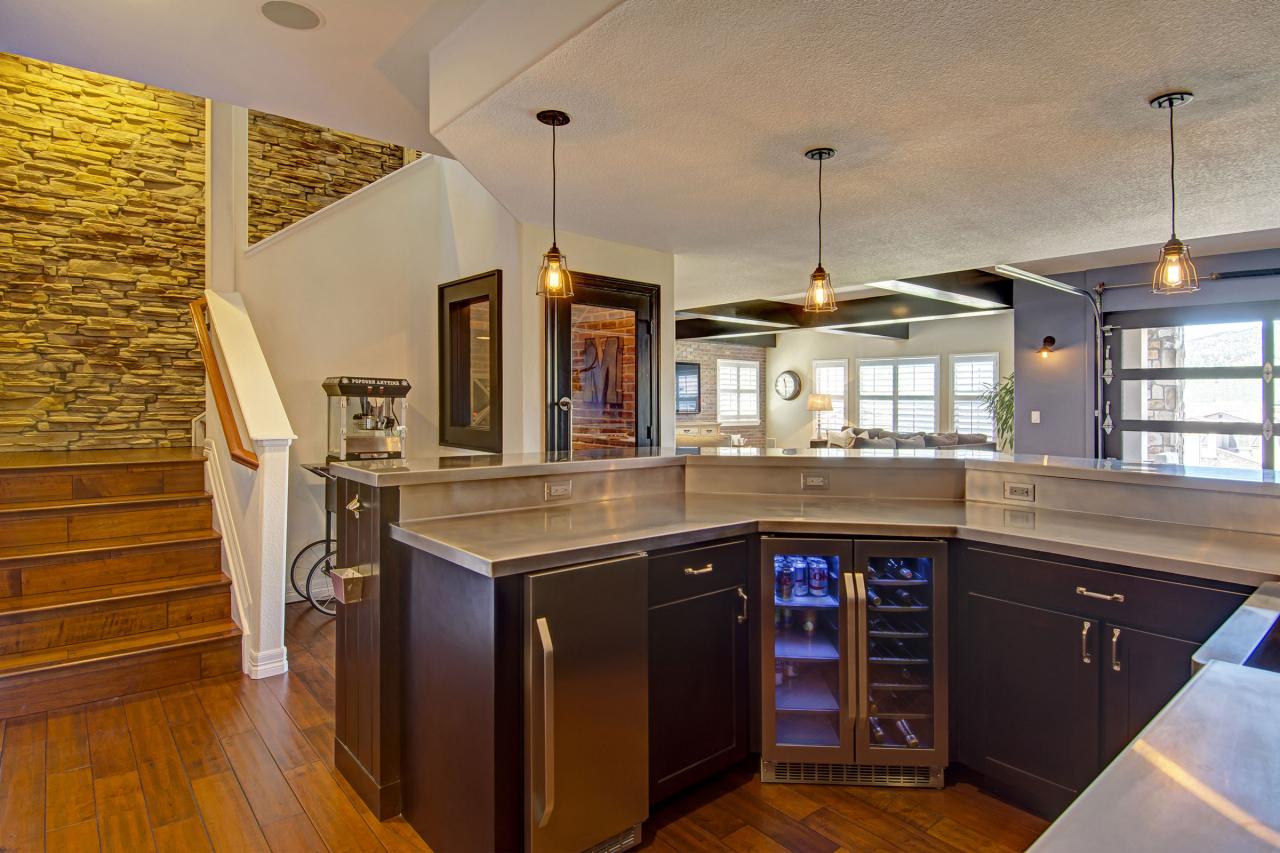
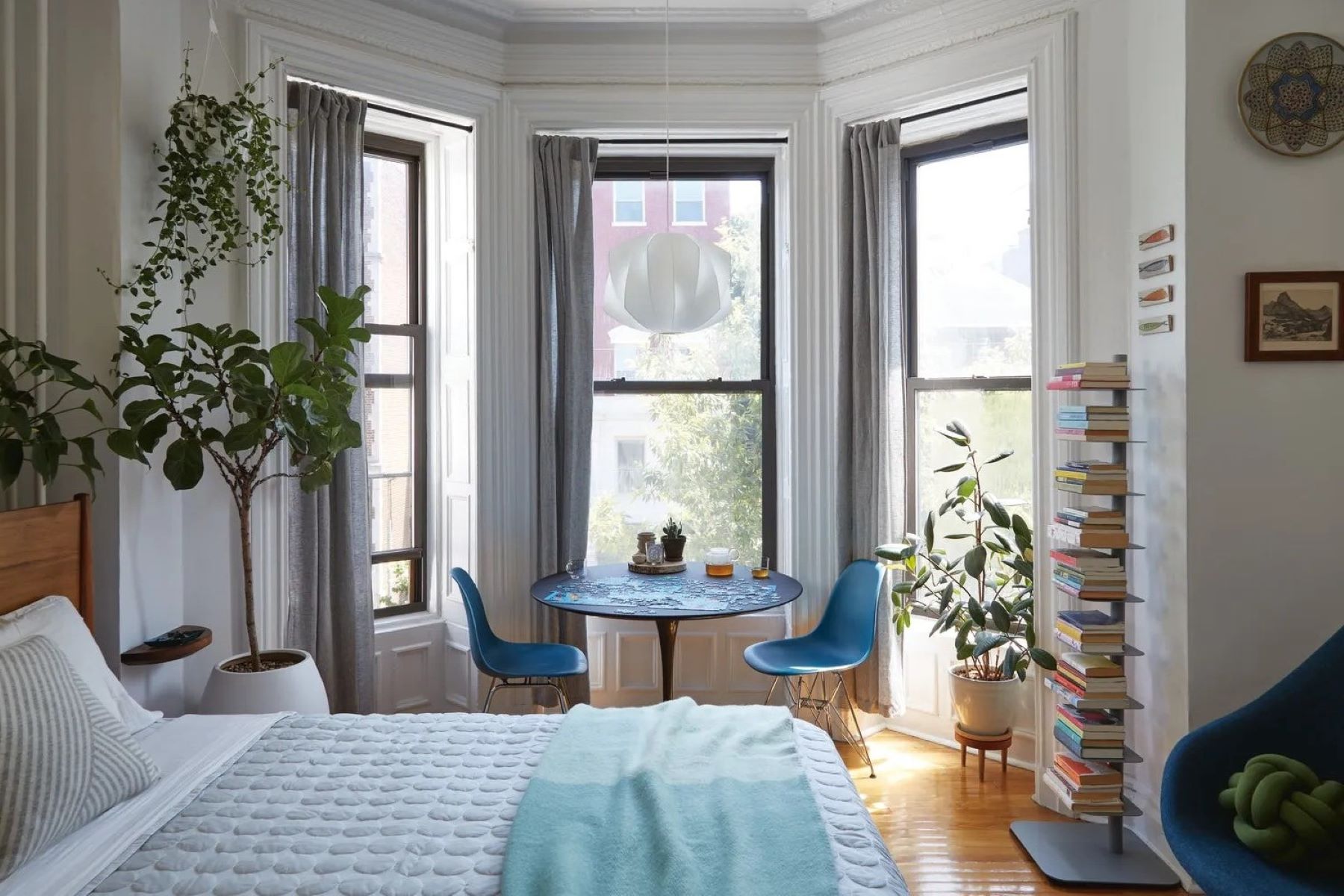
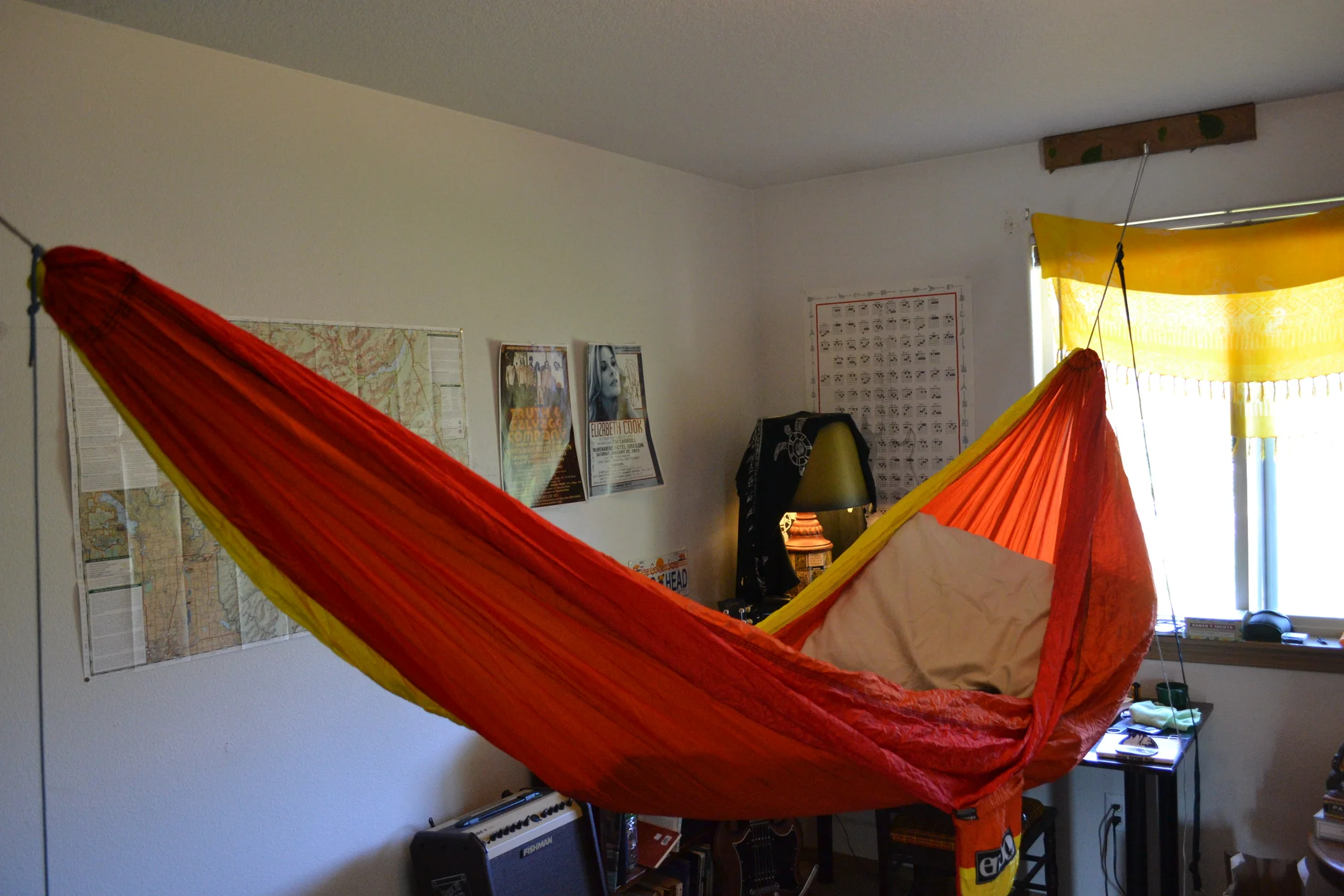

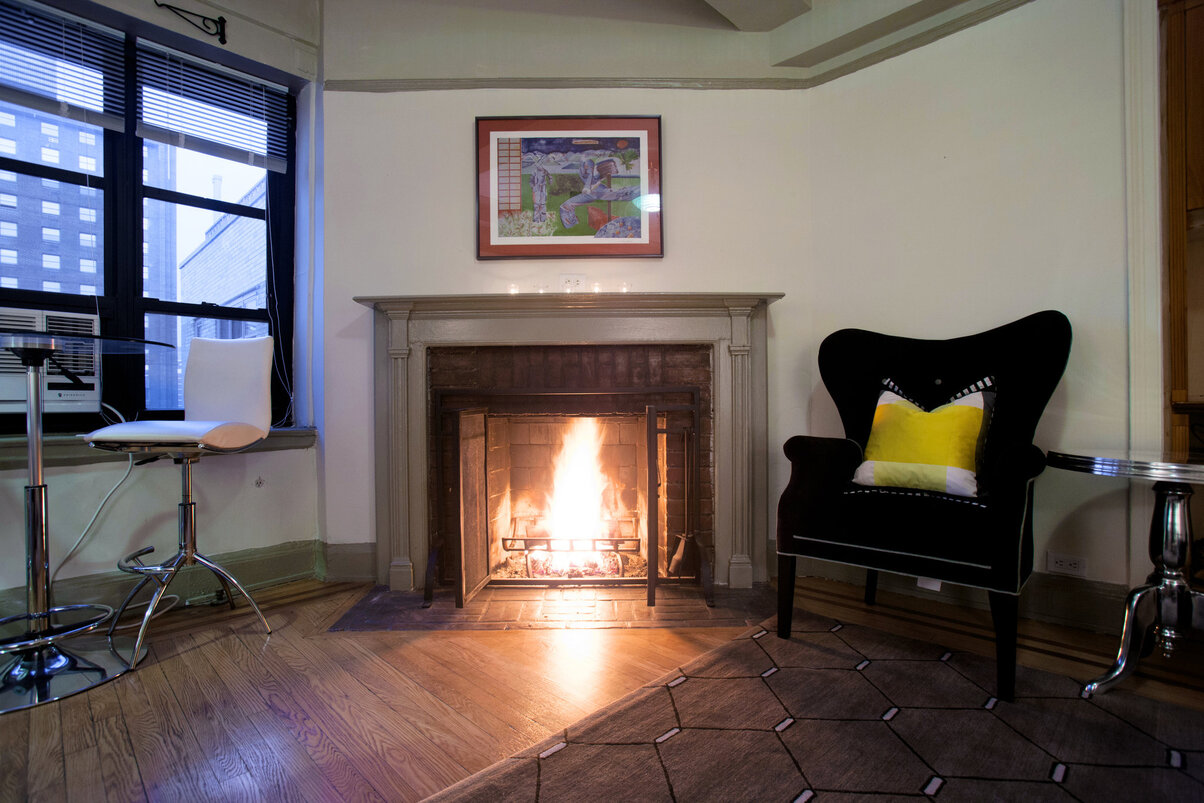
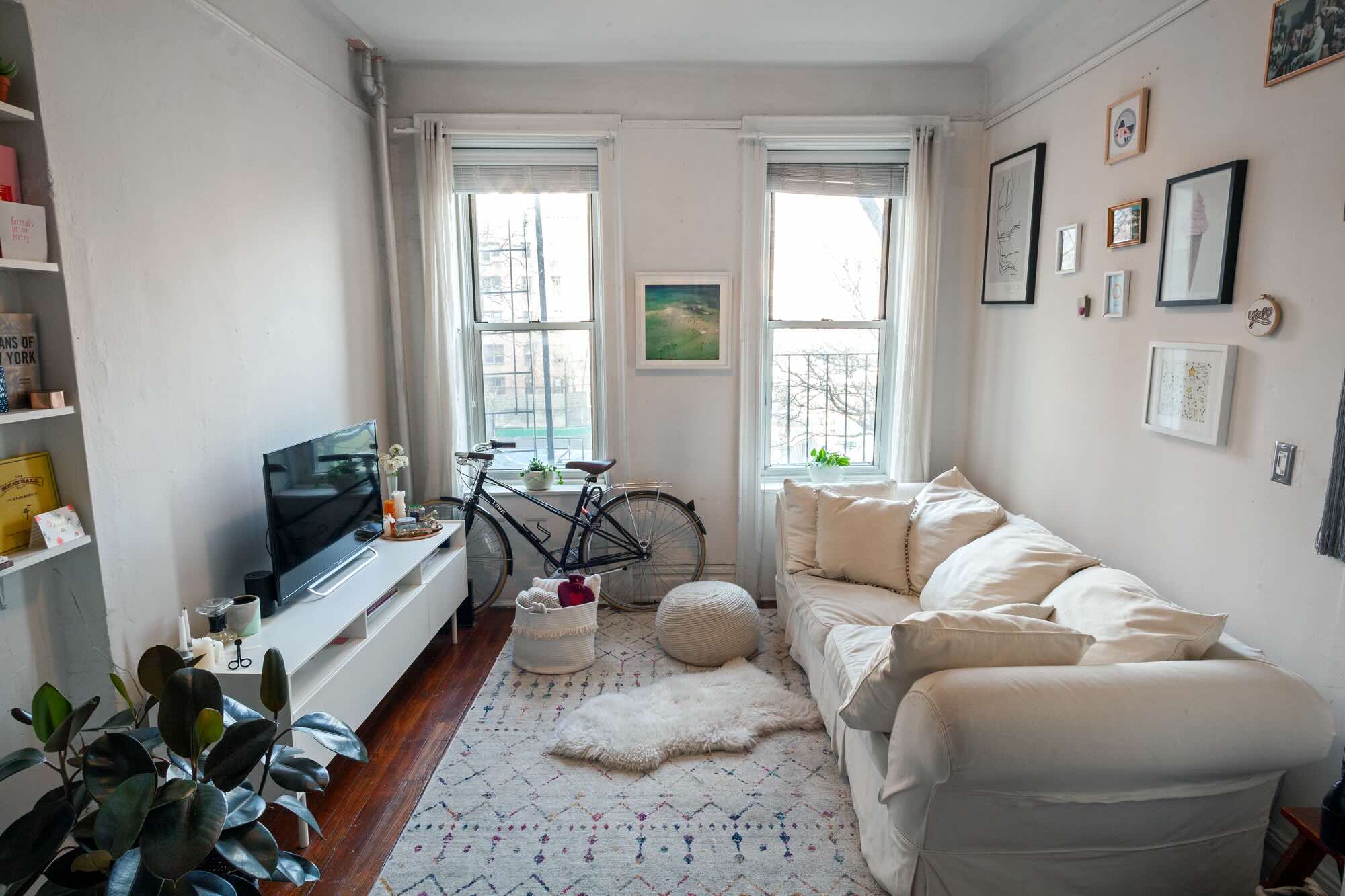
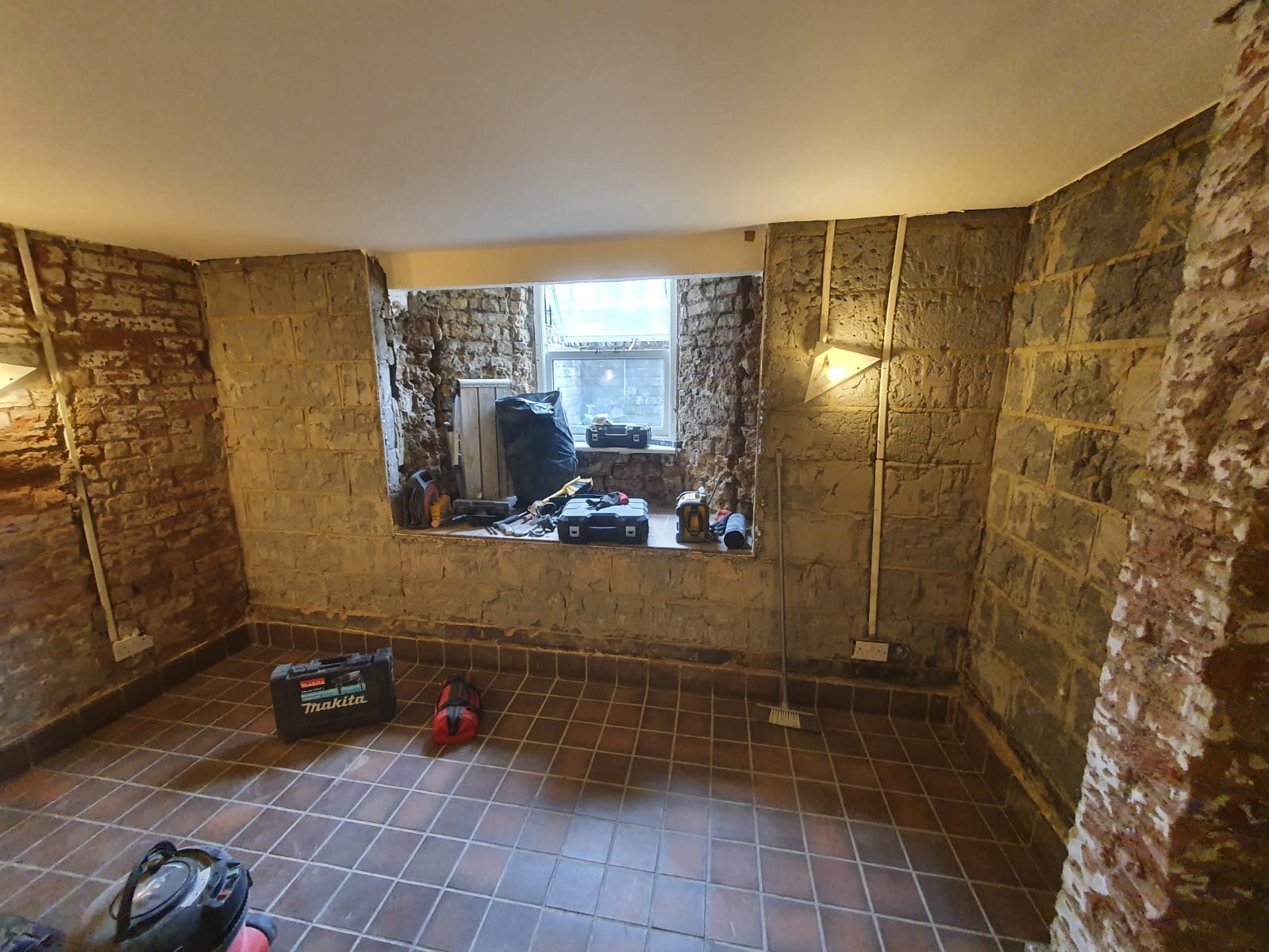

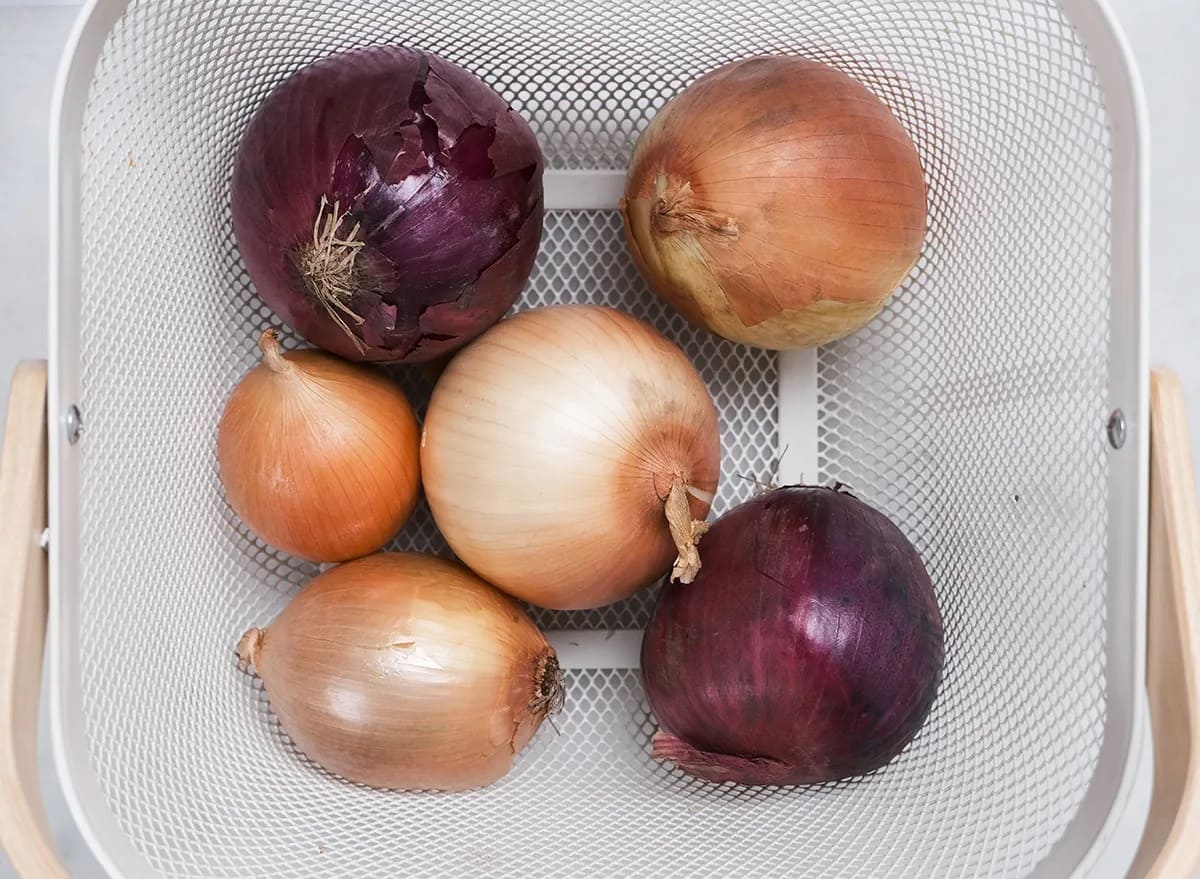
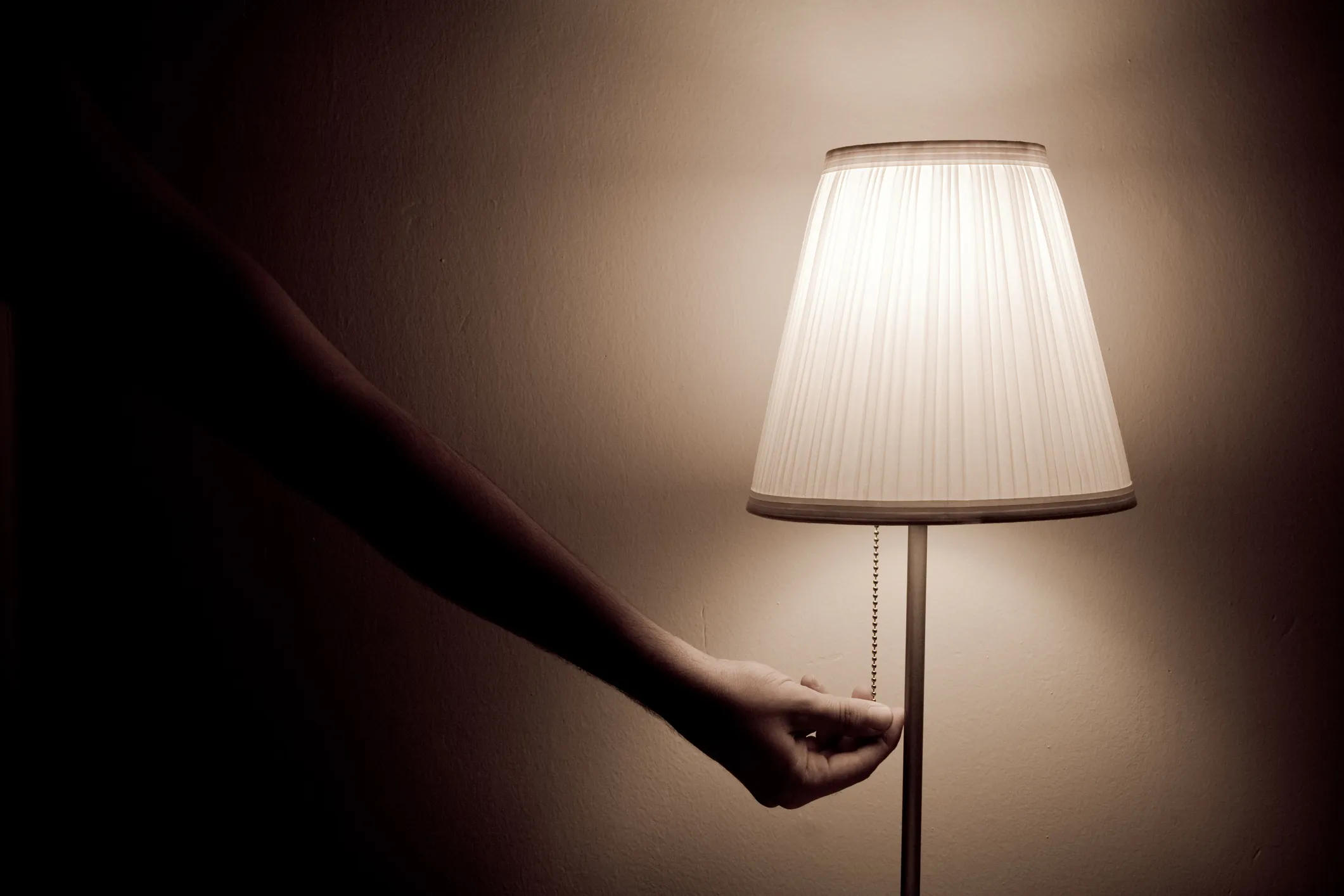
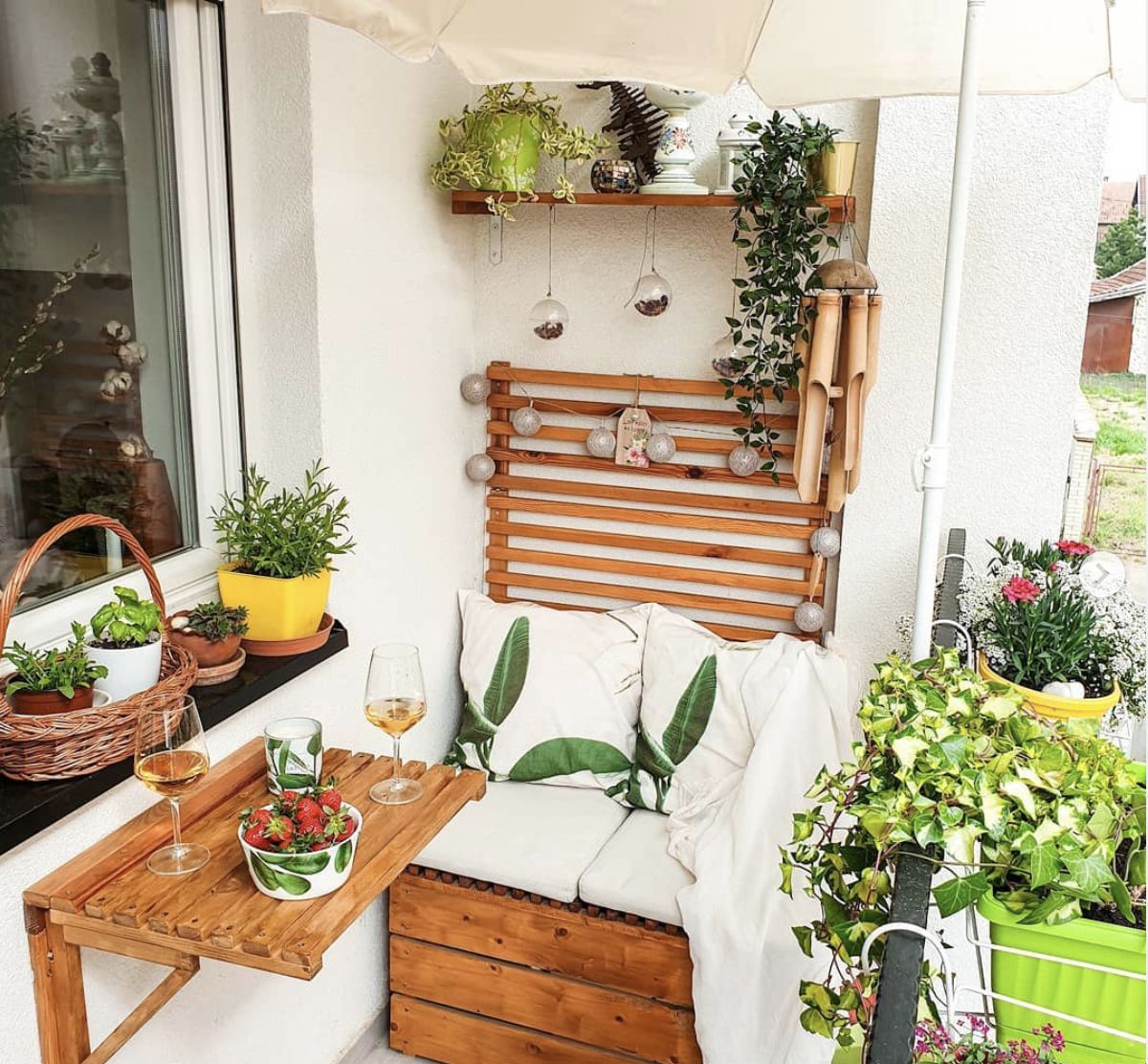
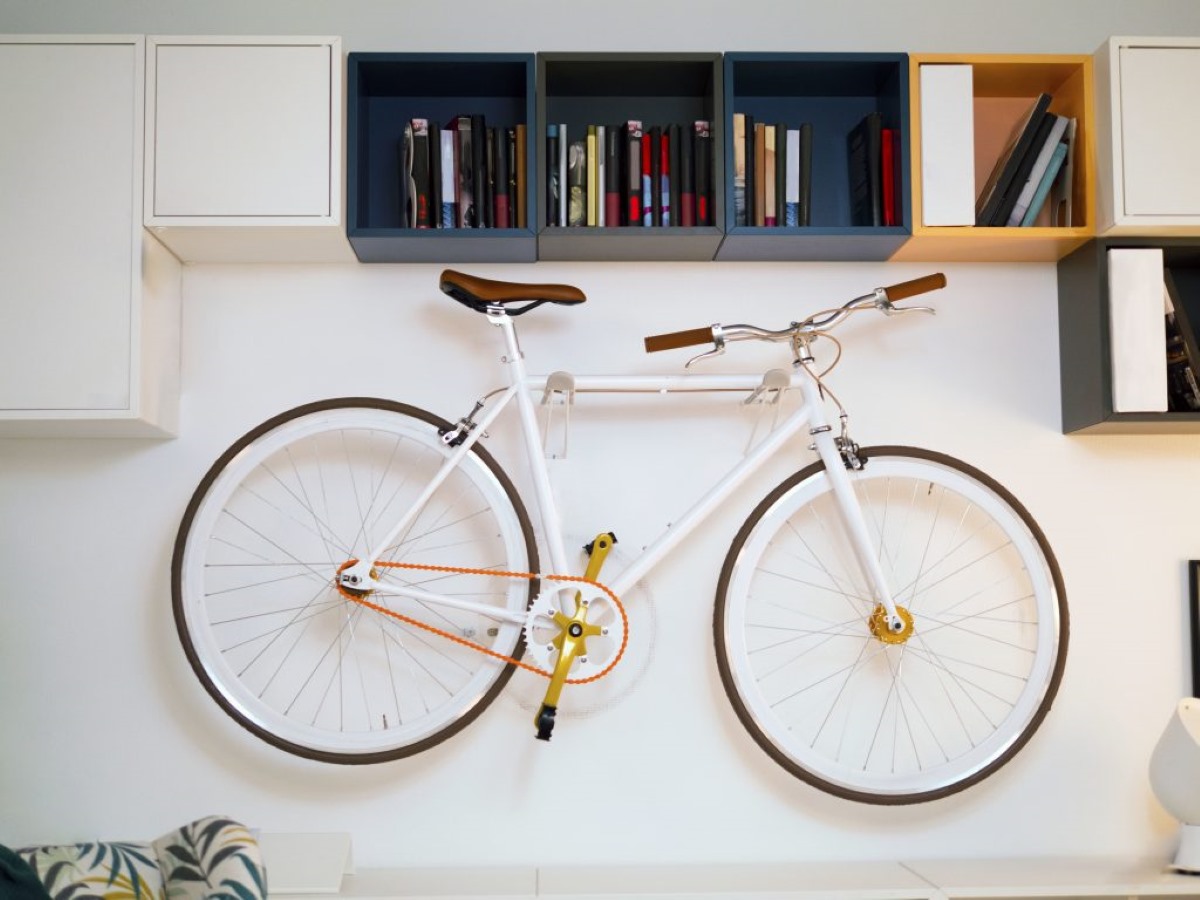
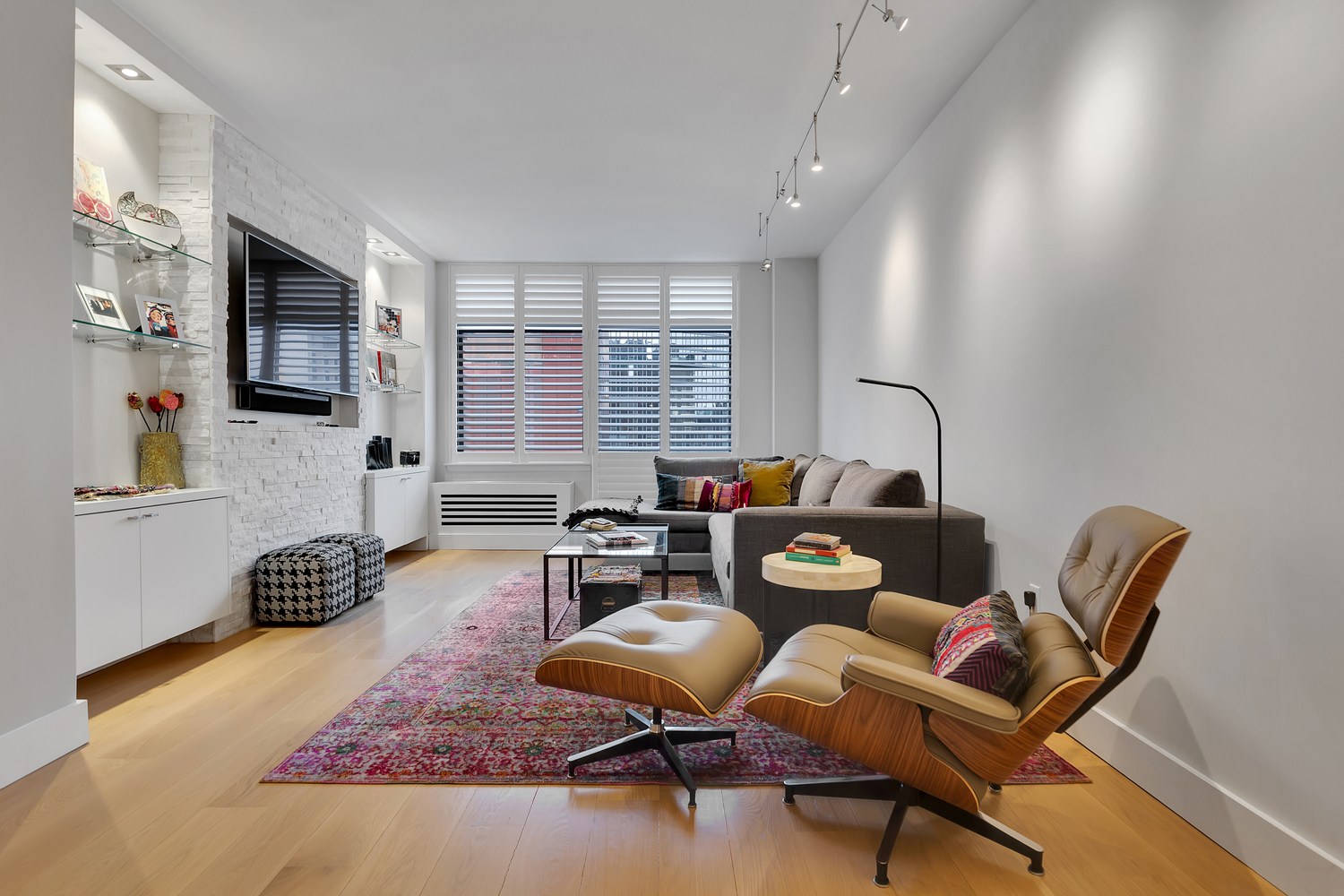

0 thoughts on “How To Decorate A Basement Apartment”